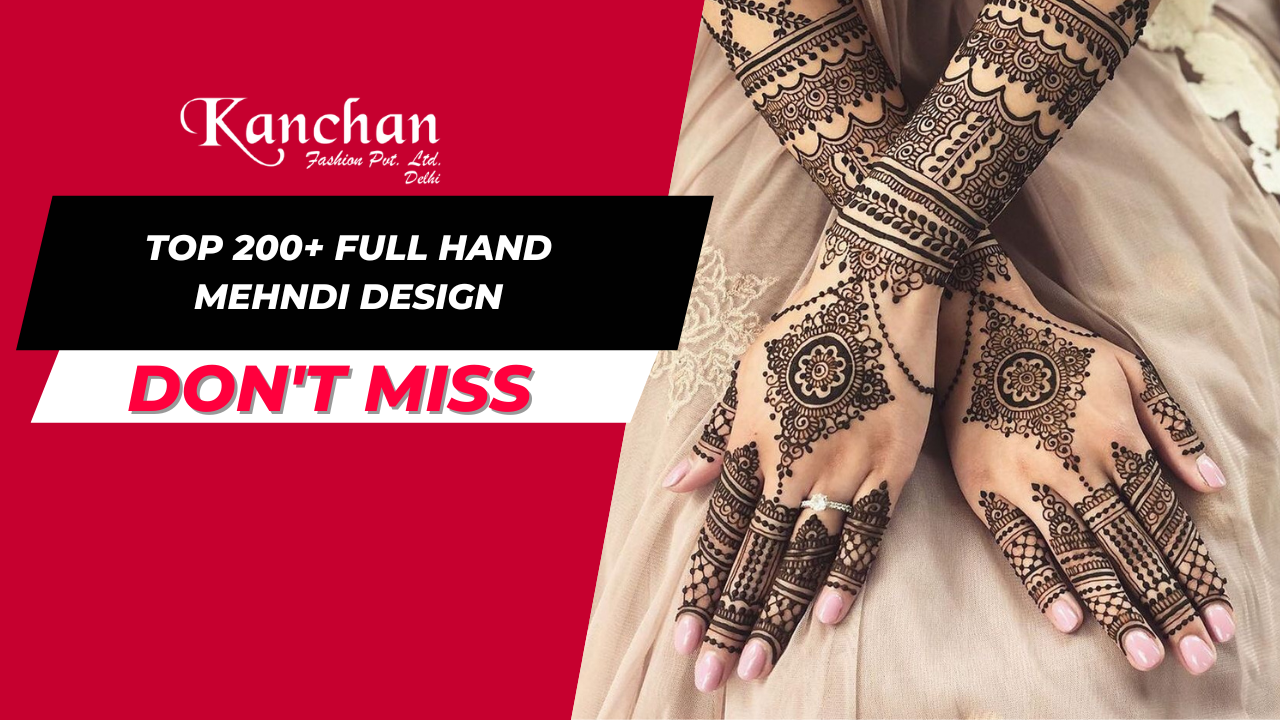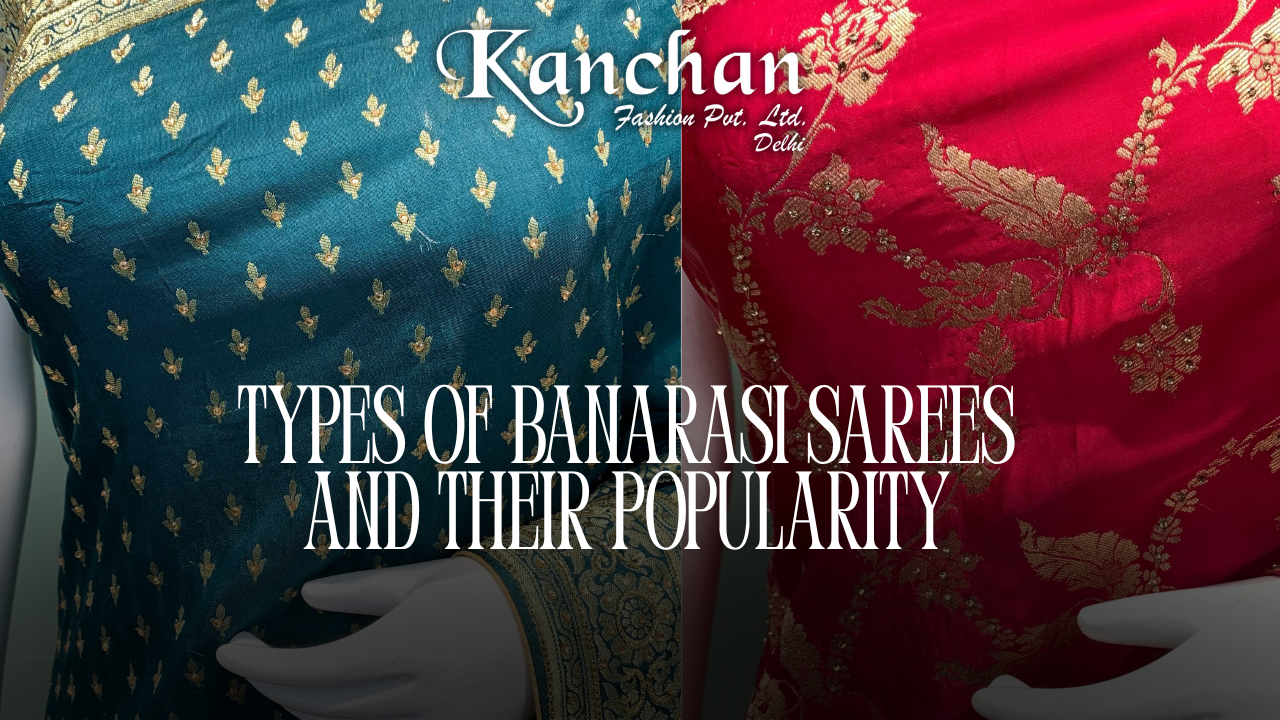Outline of the Article
- Introduction to Full Hand Mehndi Designs
- The Cultural Significance of Mehndi
- The Art of Applying Mehndi
- Types of Mehndi Designs
- Traditional Mehndi
- Arabic Mehndi
- Indian Mehndi
- Popular Mehndi Patterns
- Floral Designs
- Geometric Patterns
- Bridal Mehndi
- How to Choose the Perfect Design
- Preparing for Mehndi Application
- Skin Preparation
- Mehndi Paste
- Application Process Step by Step
- Creating a Cone
- Design Application
- Aftercare and Maintenance
- Tips for a Long-Lasting Mehndi
- Modern Innovations in Mehndi
- Celebrities and Mehndi
- Mehndi for Special Occasions
- The Future of Full Hand Mehndi
- Conclusion
Top 200+ Full-Hand Mehndi Design




































































































































































































Mehndi, a traditional form of body art, is cherished for its intricate designs and cultural significance. For generations, people have adorned their hands with mehndi for various occasions, from weddings to festivals. This article explores the world of full-hand mehndi design, offering insights into its cultural importance, application techniques, popular styles, and more.
Introduction to Full Hand Mehndi Designs
Mehndi, also known as henna, is a temporary body art form that has been an integral part of various cultures for centuries. It involves applying a paste made from the leaves of the henna plant on the skin to create intricate and beautiful designs. Full hand mehndi designs are a popular choice for those looking to make a bold and striking statement.
The Cultural Significance of Mehndi
Mehndi holds deep cultural and traditional significance in many societies. It is not just a form of body decoration but also a symbol of joy and celebration. In many countries, mehndi is an essential part of weddings, religious festivals, and other important events.
The Art of Applying Mehndi
The art of applying mehndi requires skill and precision. A mehndi artist uses a cone or applicator to create intricate patterns on the hands and feet of the individual. The designs vary from simple geometric shapes to elaborate motifs that tell a story.
Types of Mehndi Designs
Mehndi designs can be categorized into several styles, each with its unique characteristics.
Traditional Mehndi
Traditional mehndi designs typically feature intricate paisley patterns, peacocks, and floral motifs. They are popular in Indian and Pakistani cultures.
Arabic Mehndi
Arabic mehndi designs are known for their bold, large, and spaced-out patterns. They often include leaves, vines, and bold lines.
Indian Mehndi
Indian mehndi designs are a blend of traditional and modern styles. They can include elements like bride and groom motifs and intricate details.
Popular Mehndi Patterns
Full hand mehndi designs encompass various patterns, but some stand out due to their popularity.
Floral Designs
Floral mehndi designs incorporate flowers, petals, and leaves to create a delicate and enchanting look.
Geometric Patterns
Geometric mehndi patterns use shapes and symmetry to produce visually striking designs.
Bridal Mehndi
Bridal mehndi designs are the most intricate and ornate, often depicting the story of the couple's love.
How to Choose the Perfect Design
Selecting the right mehndi design depends on the occasion, personal preference, and the level of intricacy you desire. Bridal mehndi, for instance, is more detailed and elaborate, while casual events may call for simpler patterns.
Preparing for Mehndi Application
Before applying mehndi, it's essential to prepare the skin and the mehndi paste.
Skin Preparation
Clean and dry skin provides the best canvas for mehndi. Exfoliating the skin and applying a light moisturizer can help the henna stain last longer.
Mehndi Paste
The mehndi paste consists of henna powder, lemon juice, and essential oils. It should be mixed to a smooth, thick consistency for easy application.
Application Process Step by Step
Applying mehndi is a step-by-step process that requires patience and creativity.
Creating a Cone
A cone is used to apply the mehndi paste. It should be prepared with a small opening to allow for intricate designs.
Design Application
The artist applies the mehndi in a precise and controlled manner, creating the chosen pattern on the hands.
Aftercare and Maintenance
After the mehndi is applied, it should be left to dry for a few hours. Once dry, it can be removed, leaving a beautiful, reddish-brown stain.
Tips for a Long-Lasting Mehndi
To extend the life of your mehndi, avoid exposing it to water for the first 24 hours. Applying a mixture of sugar and lemon juice can also enhance the color.
Modern Innovations in Mehndi
With changing times, mehndi has evolved. Some artists experiment with glitter, colored henna, and even crystals to add a contemporary touch to traditional designs.
Celebrities and Mehndi
Many celebrities have embraced Mehndi as a fashion statement. They often showcase stunning mehndi designs at red carpet events and festivals.
Mehndi for Special Occasions
Mehndi is not limited to weddings; it's also popular during festivals like Diwali, Eid, and Karva Chauth, adding a touch of tradition and beauty to these celebrations.
The Future of Full Hand Mehndi
Full-hand mehndi continues to be a timeless and cherished tradition. With evolving techniques and styles, it is likely to remain an essential part of cultural celebrations for years to come.
Conclusion
In conclusion, full-hand mehndi design is a beautiful and culturally significant art form that has stood the test of time. Whether for a bride on her wedding day or for anyone celebrating a special occasion, mehndi adds a touch of elegance and tradition to the festivities.
Frequently Asked Questions (FAQs)
-
How long does Mehndi last on the skin? Mehndi typically lasts for 1-3 weeks, depending on how well it's cared for and the type of Mehndi used.
-
Can I create my mehndi paste at home? Yes, you can prepare mehndi paste at home using henna powder, lemon juice, and essential oils. There are many DIY recipes available.
-
Is Mehndi safe for all skin types? Generally, mehndi is safe for most skin types. However, it's recommended to do a patch test to ensure you don't have any adverse reactions.









